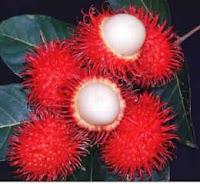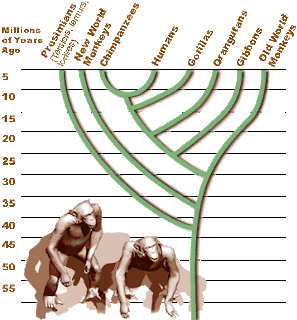 |
| Orangutan in a zoo enjoying some lettuce |
Orangutans spend up to 6 hours a day eating or foraging for food. In fact all they really do during the day is eat, look for food, rest, and move to a different location to look for food. Orangutan diet varies over all the different populations of Orangutans.
About 90% of Orangutans diet consists of fruit. They have been known to eat over 400 different plant varieties. Since fruit is such a big part of Orangutans diets they are a big help ecologically. Some seeds in the tropical rainforest will only sprout after being passed through an animal's digestive system, making orangutans vital as seed dispersers. Orangutans don't only eat fruit, they require other nutrients from different plants and nuts as well. Most of the time Orangutans get their water intake from the fruits they eat, although they will also drink from rivers and streams.
Orangutans eat more than just fruit. They also will eat insects such as ants, termites, caterpillars,etc. In some cases Orangutans have been known to eat small animals such as slow lorises. Some Orangutans have also been seen eating figs or honey.
Some of the Orangutans favorite fruit (Nothing like we eat!)
 |
| Durian |
 |
| Jackfruit |
 |
| Rambutan |
Eating habits:
Orangutans are smart creatures and can memorize temporary food locations during seasonal times, they can also track the location of different food sources based on the behavior of other animals.
Orangutans are able to strip leaves from branches by dragging it through their mouths. They also consume soil to help with the digestion of plant materials. They are also able to reduce feeding competition by using their strong jaw to open the hard shells of some fruit or nuts before they are ripe. Therefore getting to the food before another species does.
 |
| a young Orangutan having a snack |
http://www.orangutan.org.uk/about-orangutans/diet
http://www.orangutan.nl/orangutan_behaviour.htm
http://www.seaworld.org/animal-info/info-books/orangutan/diet.htm


